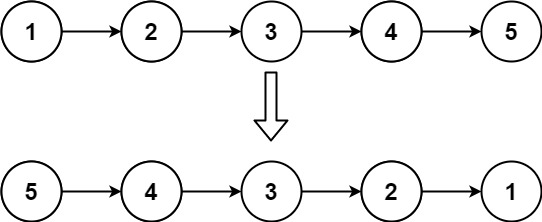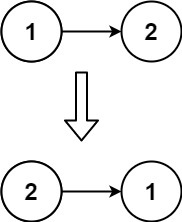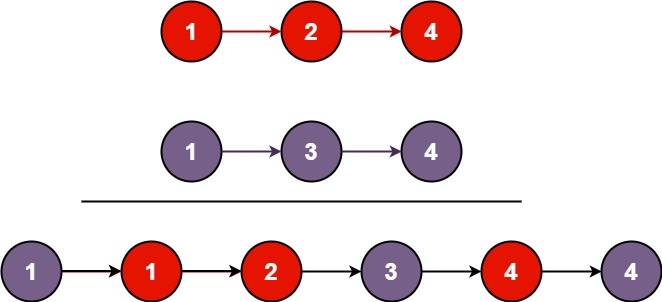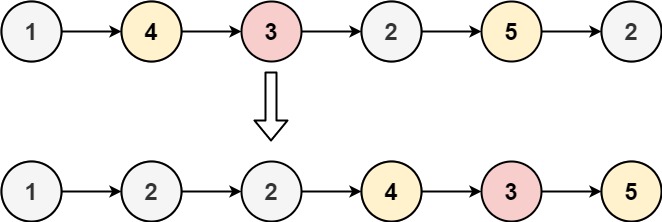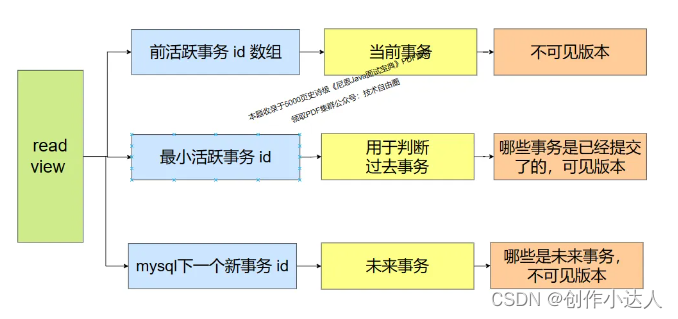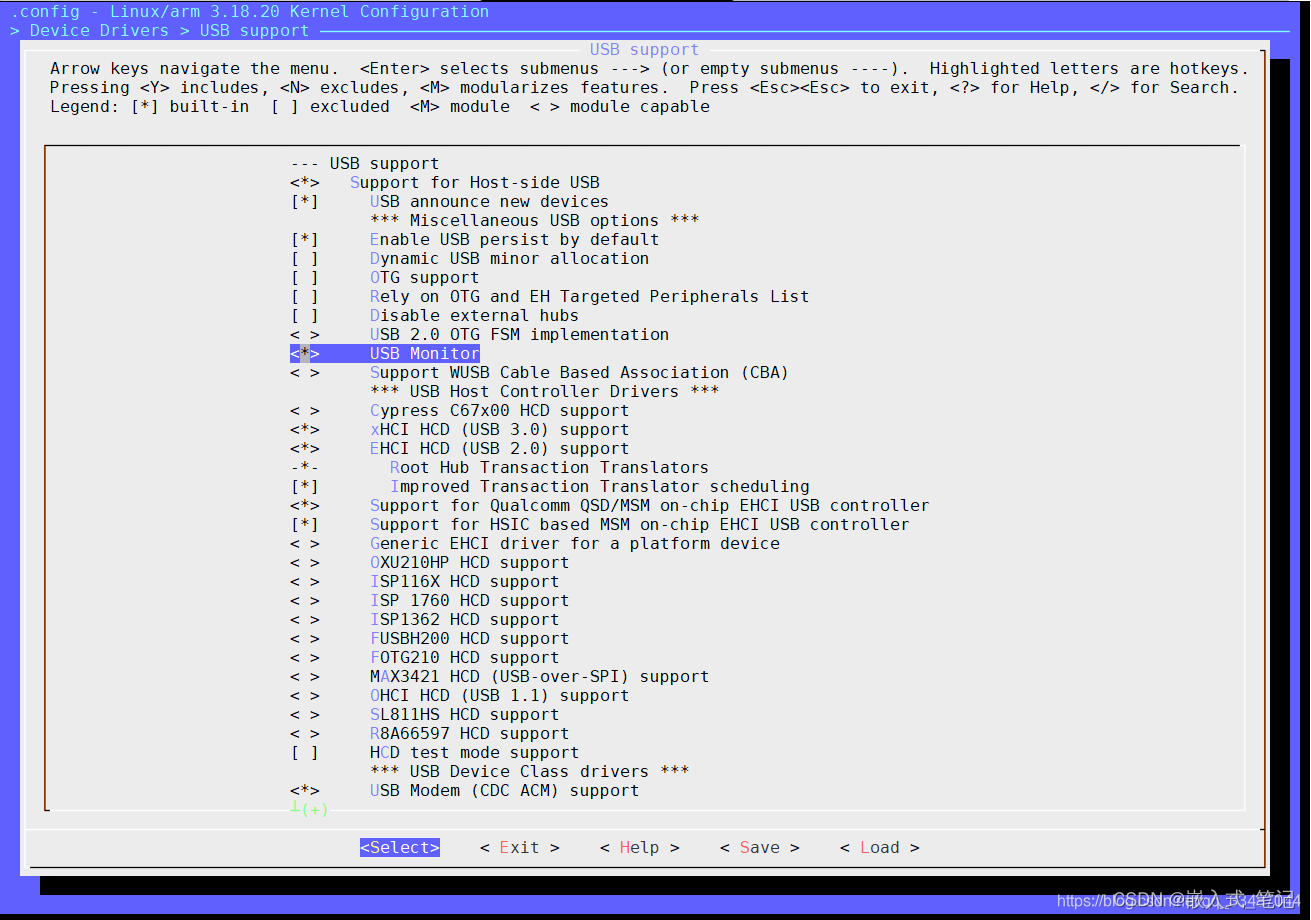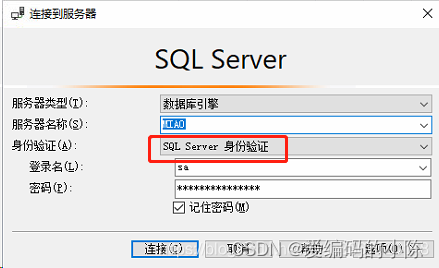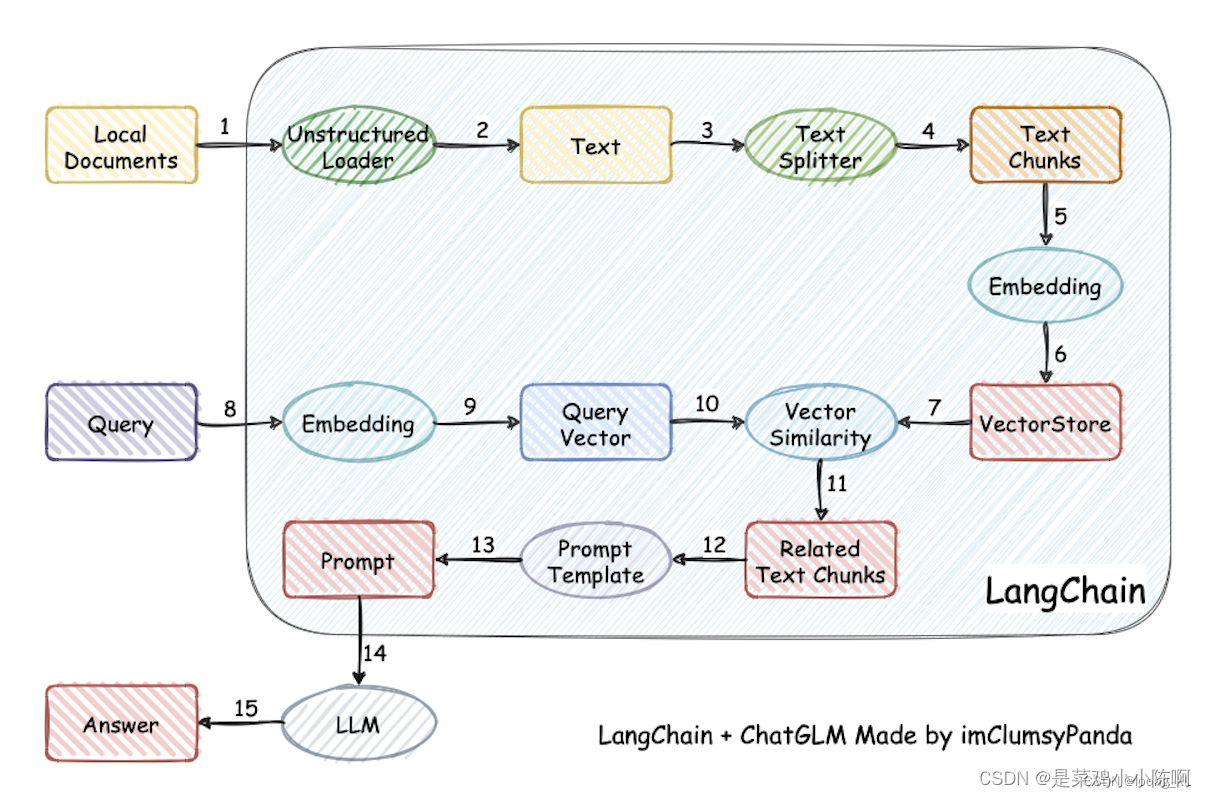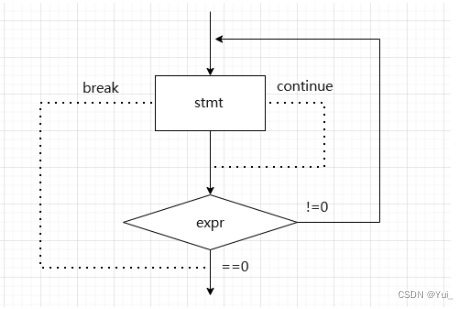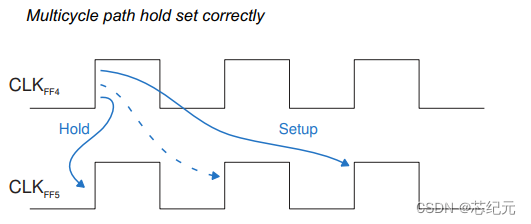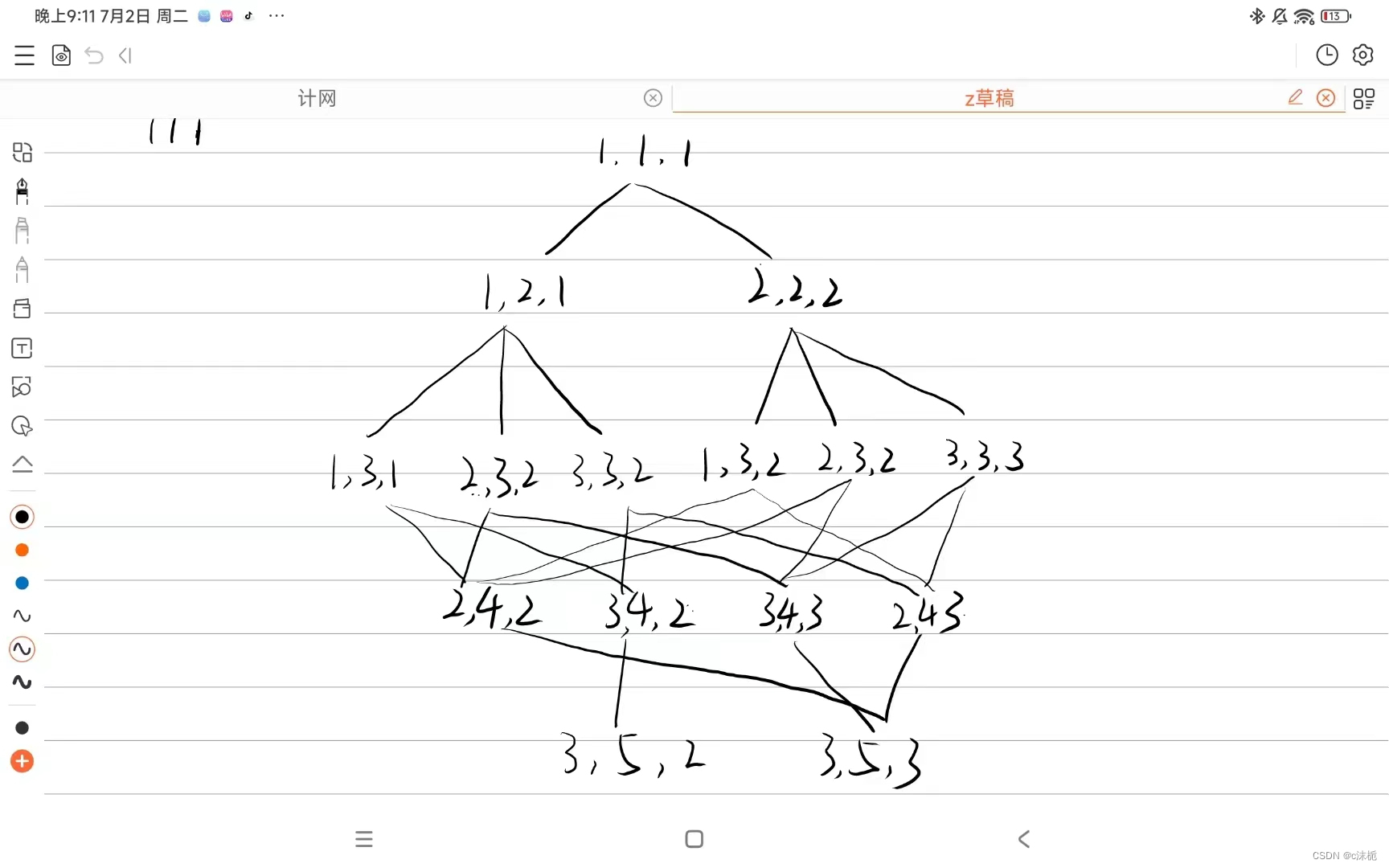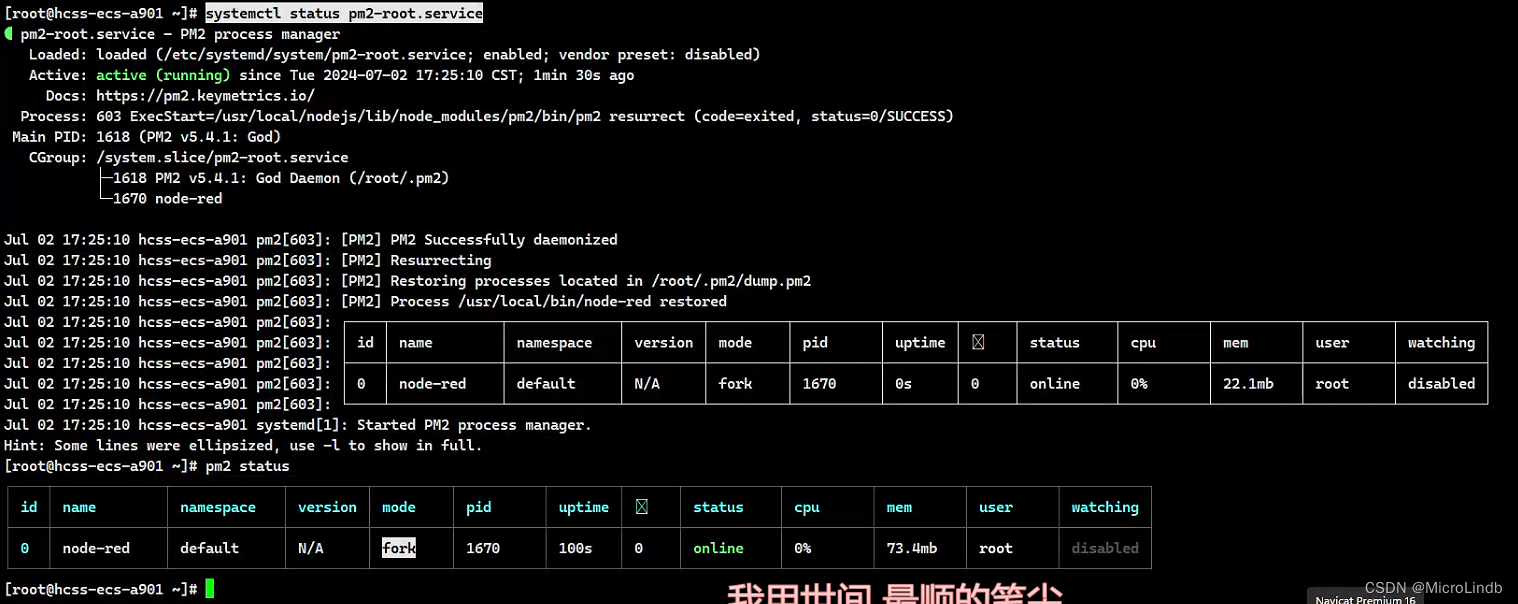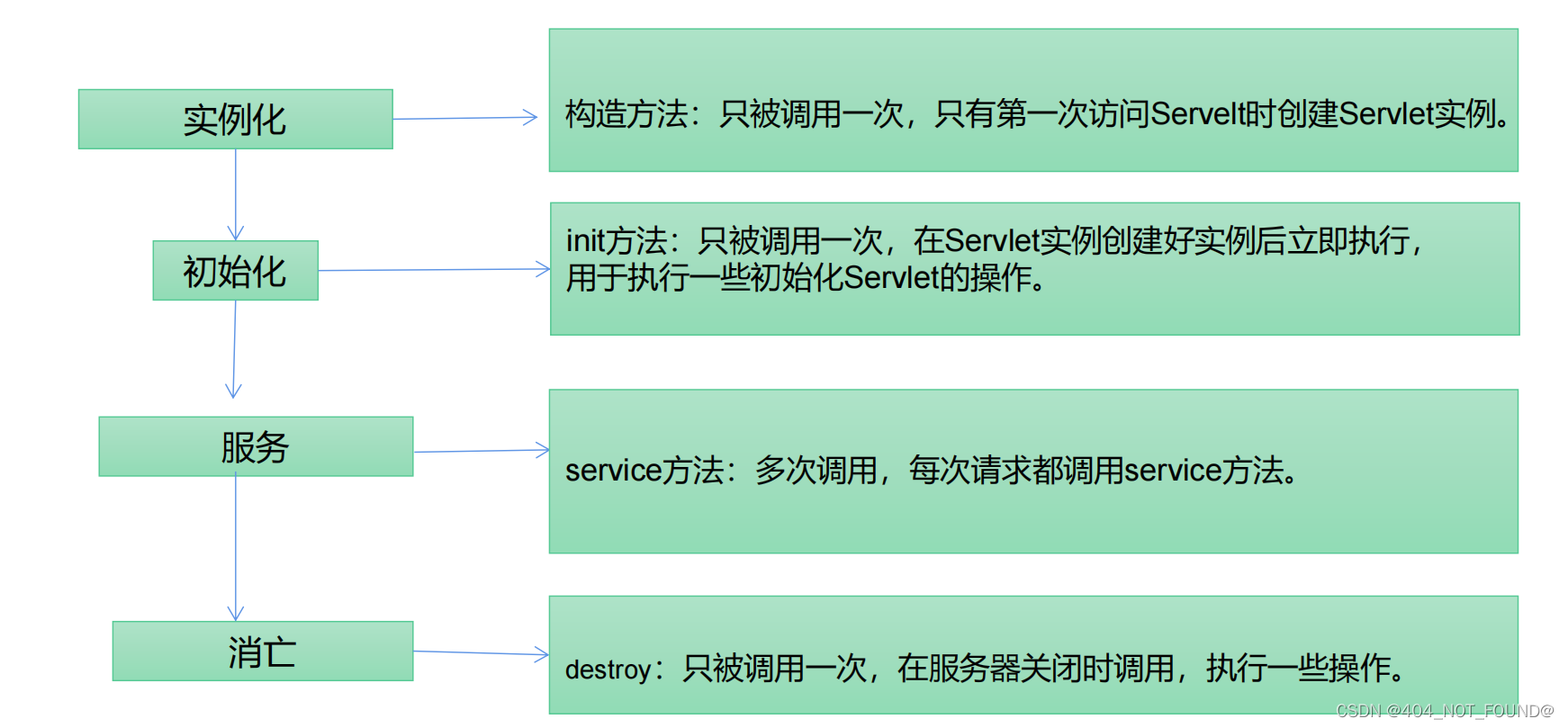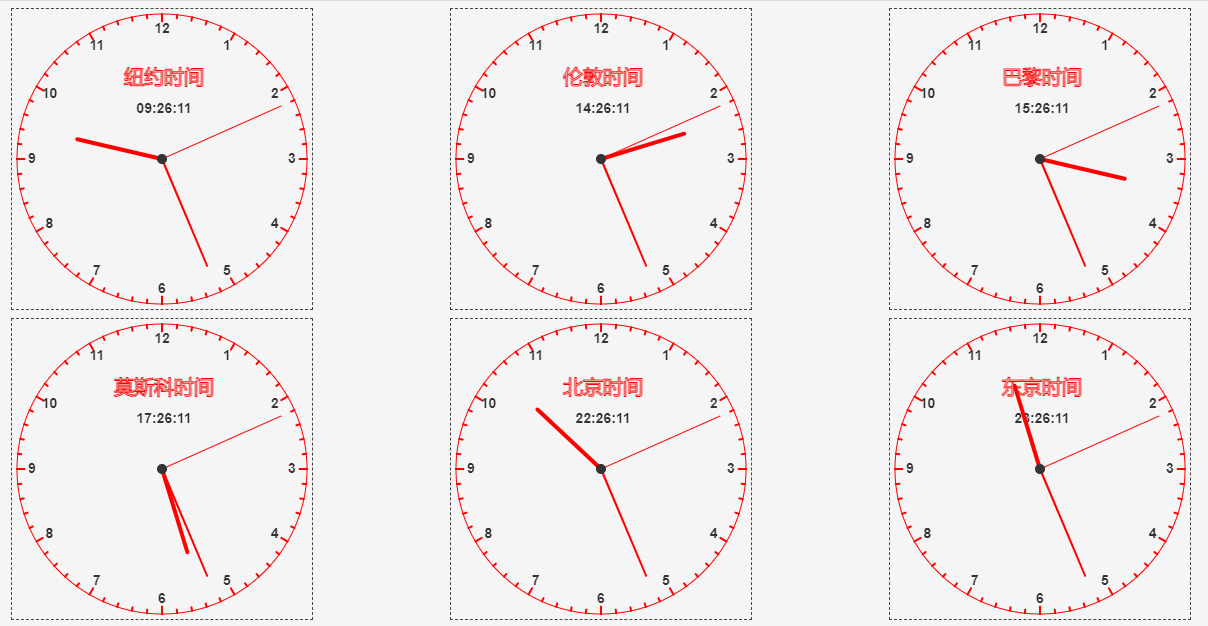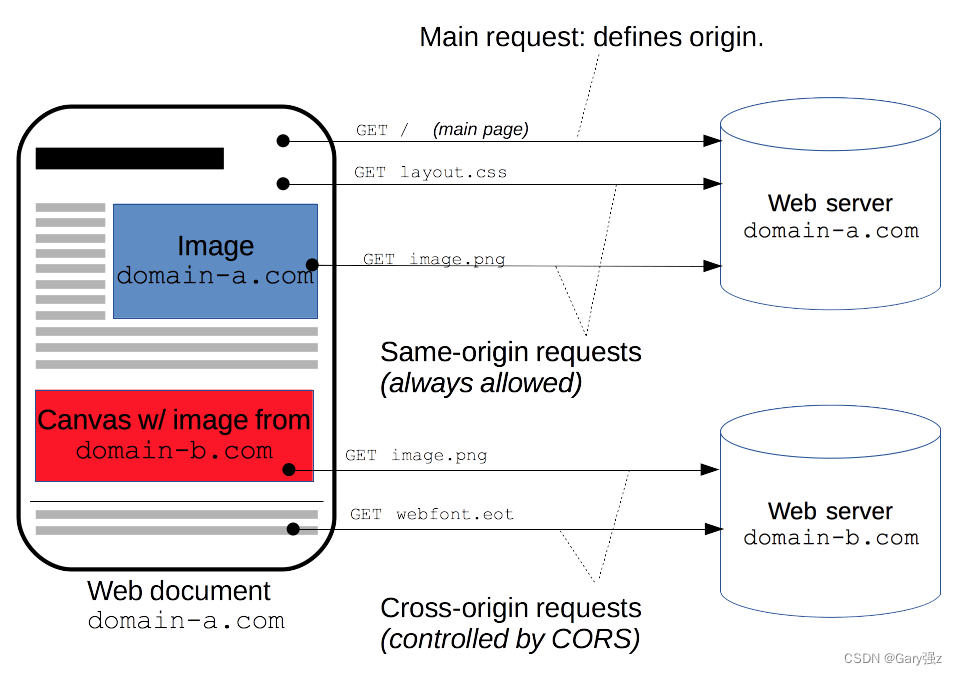链表经典算法OJ题
1.1 移除链表元素
题目要求:
给你一个链表的头节点
head和一个整数val,请你删除链表中所有满足Node.val == val的节点,并返回 新的头节点 。示例 1:
输入:head = [1,2,6,3,4,5,6], val = 6 输出:[1,2,3,4,5]示例 2:
输入:head = [], val = 1 输出:[]示例 3:
输入:head = [7,7,7,7], val = 7 输出:[]
解题思路:
思路1:
定义两个指针,一个指向当前节点,一个指向当前节点的下一个节点,如果下一个节点是要删除的节点就将当前节点的next存储下一个节点的再下一个节点的地址,然后free那个节点。知道遍历完原链表,该思路是改变原链表。
思路2:
建立一个新的链表,遍历原链表,将原链表中的非删除节点给新的链表,遍历结束后新链表中没有要删除节点。
struct ListNode{
int val;
struct ListNode *next;
};
struct ListNode* removeElements(struct ListNode* head, int val) {
struct ListNode* Newhead, * NewTail;//一个头链表,一个链表尾部
Newhead = NewTail = NULL;
//遍历原链表
struct ListNode* pcur = head;
while (pcur){
if (pcur->val != val){
if (Newhead == NULL){
Newhead = NewTail = pcur;
}
else{
NewTail->next = pcur;
NewTail = NewTail->next;
}
}
pcur = pcur->next;
}
//如果要删除值在原链表为节点,新链表的尾节点就不会指向NULL,所以这里要判断
if (NewTail){
NewTail->next = NULL;
}
return Newhead;
}1.2 反转链表
题目要求:
给你单链表的头节点
head,请你反转链表,并返回反转后的链表。示例 1:
输入:head = [1,2,3,4,5] 输出:[5,4,3,2,1]示例 2:
输入:head = [1,2] 输出:[2,1]示例 3:
输入:head = [] 输出:[]进阶:链表可以选用迭代或递归方式完成反转。你能否用两种方法解决这道题?
解题思路:
可以定义三个新的节点类型的指针变量n1、n2、n3。然后就可以使用这三个指针来反转链表。首先n1初始化为NULL,n2初始化为head链表头结点,n3则是head头结点的下一个节点。然后循环n2->next = n1, n1 = n2, n2 = n3,n3 = n3->next。循环往复就完成了反转链表的操作。
typedef struct ListNode{
int val;
struct ListNode *next;
}*pList;
//反转链表函数实现
pList reverselist(pList head){
if (head == NULL){
return NULL;
}
pList n1, n2, n3;
n1 = NULL, n2 = head, n3 = head->next;
while (n2){
n2->next = n1;
n1 = n2;
n2 = n3;
if(n3)//如果n3为NULL就不再向后访问了
n3 = n3->next;
}
return n1;
}
//以下调用上面函数的main是我自己写的,可以供大家参考
int main()
{
//创建链表
struct ListNode* phead, *pTail, *p;
phead = pTail = NULL;
int n = 0;
printf("请输入要创建链表节点个数:>");
scanf("%d", &n);
int i = 0;
for (i = 0; i < n; i++)
{
p = (pList)malloc(sizeof(struct ListNode));
printf("请输入第%d个节点的值:>", i + 1);
scanf("%d", &(p->val));
p->next = NULL;
if (phead == NULL)
{
phead = p;
pTail = phead;
}
else
{
pTail->next = p;
pTail = pTail->next;
}
}
//调用反转链表函数
pList Newhead = reverselist(phead);
if (Newhead == NULL)
{
perror("reverselist");
return;
}
phead = Newhead;
//打印链表节点数据
while (Newhead)
{
printf("%d->", Newhead->val);
Newhead = Newhead->next;
}
printf("NULL\n");
i = 1;
Newhead = phead;
//销毁链表
while (Newhead)
{
phead = phead->next;
free(Newhead);
Newhead = phead;
printf("已释放第%d条节点\n", i);
i++;
}
return 0;
}1.3 合并两个有序链表
题目要求:
将两个升序链表合并为一个新的 升序 链表并返回。新链表是通过拼接给定的两个链表的所有节点组成的。
示例 1:
输入:l1 = [1,2,4], l2 = [1,3,4] 输出:[1,1,2,3,4,4]示例 2:
输入:l1 = [], l2 = [] 输出:[]示例 3:
输入:l1 = [], l2 = [0] 输出:[0]
解题思路:
定义两个新的节点指针,一个头节点,一个尾结点。比较两个原链表当前节点的数据大小,然后插入新的链表,知道插完为止
typedef struct ListNode {
int val;
struct ListNode* next;
}*pList;
//合并两个有序链表函数实现
struct ListNode* mergeTwoLists(struct ListNode* list1, struct ListNode* list2) {
if (list1 == NULL){
return list2;
}
if (list2 == NULL){
return list1;
}
struct ListNode* cur1, *cur2;
cur1 = list1, cur2 = list2;
struct ListNode* phead, * pTail;
phead = pTail = (struct ListNode*)malloc(sizeof(struct ListNode));
while (cur1 && cur2) {
if (cur1->val < cur2->val){
pTail->next = cur1;
pTail = pTail->next;
cur1 = cur1->next;
}
else{
pTail->next = cur2;
pTail = pTail->next;
cur2 = cur2->next;
}
}
if (cur1) {
pTail->next = cur1;
}
if (cur2) {
pTail->next = cur2;
}
struct ListNode* retList = phead->next;
free(phead);
return retList;
}
//以下创建链表调用函数的代码是自己写的,只为调用上面函数,不是链表规范创建。仅供参考
int main()
{
struct ListNode* phead1, pTail1, p1;
struct ListNode* phead2, pTail2, p2;
phead1 = pTail1 = NULL;
phead2 = pTail2 = NULL;
int n = 0;
printf("请输入要创建p1和p2链表节点个数:>");
scanf("%d", &n);
int i = 0;
for (i = 0; i < n; i++)
{
p1 = (pList)malloc(sizeof(struct ListNode));
p2 = (pList)malloc(sizeof(struct ListNode));
printf("请输入p1链表第%d个节点的值:>", i + 1);
scanf("%d", &(p1->val));
printf("请输入p2链表第%d个节点的值:>", i + 1);
scanf("%d", &(p2->val));
p1->next = NULL;
p2->next = NULL;
if (phead1 == NULL && phead2 == NULL)
{
phead1 = p1;
pTail1 = phead1;
phead2 = p2;
pTail2 = phead2;
}
else
{
pTail1->next = p1;
pTail1 = pTail1->next;
pTail2->next = p2;
pTail2 = pTail2->next;
}
}
pList Newhead = mergeTwoLists(phead1,phead2);
if (Newhead == NULL)
{
perror("reverselist");
return;
}
pList phead = Newhead;
while (Newhead)
{
printf("%d->", Newhead->val);
Newhead = Newhead->next;
}
printf("NULL\n");
i = 1;
Newhead = phead;
while (Newhead)
{
phead = phead->next;
free(Newhead);
Newhead = phead;
printf("已释放第%d条节点\n", i);
i++;
}
return 0;
}1.4 链表的中间节点
题目要求:
给你单链表的头结点
head,请你找出并返回链表的中间结点。如果有两个中间结点,则返回第二个中间结点。
示例 1:
输入:head = [1,2,3,4,5] 输出:[3,4,5] 解释:链表只有一个中间结点,值为 3 。示例 2:
输入:head = [1,2,3,4,5,6] 输出:[4,5,6] 解释:该链表有两个中间结点,值分别为 3 和 4 ,返回第二个结点。
解题思路:
快慢指针:使用快慢指针来遍历链表,慢指针每次走一步,快指针每次走两步,当快指针走到最后慢指针刚好走到中间节点。因为快指针是慢指针的2倍。所以快指针从起点到终点时慢指针就是这个路程的一半,是中点。
typedef struct ListNode{
int val;
struct ListNode* next;
}*pList;
//函数实现
struct ListNode* middleNode(struct ListNode* head) {
if (head == NULL){
return NULL;
}
struct ListNode* slow, *fast;
slow = fast = head;
//节点数可能是奇数个也可能是偶数个,所以要两种判断
while (fast && fast->next) {
slow = slow->next;
fast = fast->next->next;
}
return slow;
}1.5 环形链表的约瑟夫问题
著名的Josephus问题
据说著名的历史学家 Josephus有过以下的故事:故事据说发生在古罗马时期,在罗马人占领乔塔帕特后,39个犹太人与约瑟夫及他的朋友躲到一个洞中,他们宁愿死也不要被敌人抓到,于是约定了一个自杀方式,41个人排成一个圆圈,由第1个人开始报数,每报数到第3人该人就必须自杀,然后再由下1个人重新报数,直到所有人都自杀身亡为止。
然而Josephus 和他的朋友并不想遵从,Josephus要他的朋友先假装遵从,他将朋友与自己安排在第16个与第31个位置,于是逃过了这场死亡游戏。
题目要求:
编号为 1 到 n 的 n 个人围成一圈。从编号为 1 的人开始报数,报到 m 的人离开。
下一个人继续从 1 开始报数。
n-1 轮结束以后,只剩下一个人,问最后留下的这个人编号是多少?
数据范围: 1≤𝑛,𝑚≤100001≤n,m≤10000
进阶:空间复杂度 𝑂(1)O(1),时间复杂度 𝑂(𝑛)O(n)
示例1
输入:
5,2复制返回值:
3复制说明:
开始5个人 1,2,3,4,5 ,从1开始报数,1->1,2->2编号为2的人离开 1,3,4,5,从3开始报数,3->1,4->2编号为4的人离开 1,3,5,从5开始报数,5->1,1->2编号为1的人离开 3,5,从3开始报数,3->1,5->2编号为5的人离开 最后留下人的编号是3示例2
输入:
1,1返回值:
1
typedef struct ListNode ListNode;
创建一个节点并返回
ListNode* ListBuyNode(int val)
{
ListNode* ret = (ListNode*)malloc(sizeof(ListNode));
if(ret==NULL)
{
perror("malloc");
return NULL;
}
ret->val = val;
ret->next = NULL;
return ret;
}
//创建一个环形链表并返回
ListNode* CreatNode(int n)
{
ListNode* phead = ListBuyNode(1);
ListNode* pTail = phead;
int i = 0;
for(i=2;i<=n;i++)
{
pTail->next = ListBuyNode(i);
pTail = pTail->next;
}
pTail->next = phead;//将链表循环
return pTail;
}
int ysf(int n, int m ) {
// write code here
ListNode* prev = CreatNode(n);
ListNode* cur = prev->next;
int count = 1;
//遍历判断
while(cur->next!=cur){
if(count == m){
prev->next = cur->next;
free(cur);
cur = prev->next;
count = 1;
}
else{
prev = cur;
cur = cur->next;
count++;
}
}
return cur->val;
}1.6 分隔链表
题目要求:
给你一个链表的头节点
head和一个特定值x,请你对链表进行分隔,使得所有 小于x的节点都出现在 大于或等于x的节点之前。你应当 保留 两个分区中每个节点的初始相对位置。
示例 1:
输入:head = [1,4,3,2,5,2], x = 3 输出:[1,2,2,4,3,5]示例 2:
输入:head = [2,1], x = 2 输出:[1,2]
解题思路:
大小链表:我们可以创建两个新的链表,为大小链表。遍历原链表。大于等于x的节点连接在大链表,小于x的节点连接在小链表。最后将大链表的头结点连接在小链表的尾结点。返回小链表的头结点
typedef struct ListNode {
int val;
struct ListNode* next;
}*pList;
//分隔链表的函数实现
struct ListNode* partition(struct ListNode* head, int x) {
if (head == NULL){
return NULL;
}
struct ListNode* lessHead, * lessTail;
struct ListNode* greaterHead, * greaterTail;
//定义哨兵位
lessHead = lessTail = (struct ListNode*)malloc(sizeof(struct ListNode));
greaterHead = greaterTail = (struct ListNode*)malloc(sizeof(struct ListNode));
struct ListNode* pcur = head;//用来遍历原链表
//分隔操作
while (pcur){
if (pcur->val >= x){
greaterTail->next = pcur;
greaterTail = greaterTail->next;
}
else{
lessTail->next = pcur;
lessTail = lessTail->next;
}
pcur = pcur->next;
}
//将大小链表连接起来
lessTail->next = greaterHead->next;
if(greaterTail)
greaterTail->next = NULL;
//释放哨兵位
free(greaterHead);
struct ListNode* retList = lessHead->next;
free(lessHead);
//返回头结点
return retList;
}
int main()
{
pList phead, pTail, p;
phead = pTail = NULL;
int n = 0;
printf("请输入要创建链表节点个数:>");
scanf("%d", &n);
int i = 0;
for (i = 0; i < n; i++)
{
p = (pList)malloc(sizeof(struct ListNode));
printf("请输入第%d个节点的值:>", i + 1);
scanf("%d", &(p->val));
p->next = NULL;
if (phead == NULL)
{
phead = p;
pTail = phead;
}
else
{
pTail->next = p;
pTail = pTail->next;
}
}
pList Newhead = partition(phead, 3);
if (Newhead == NULL)
{
perror("reverselist");
return;
}
phead = Newhead;
while (Newhead)
{
printf("%d->", Newhead->val);
Newhead = Newhead->next;
}
printf("NULL\n");
i = 1;
Newhead = phead;
while (Newhead)
{
phead = phead->next;
free(Newhead);
Newhead = phead;
printf("已释放第%d条节点\n", i);
i++;
}
return 0;
}

